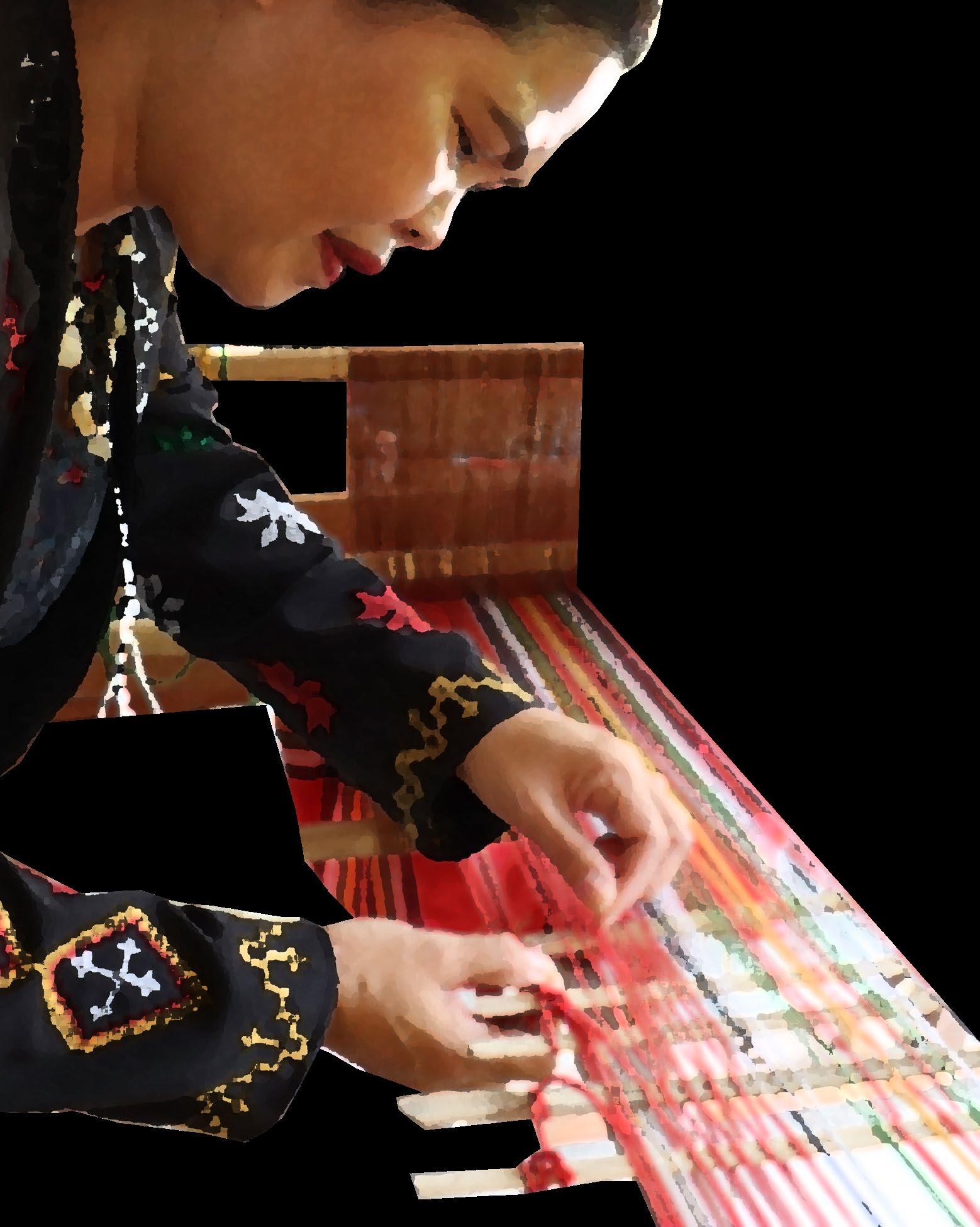
2 minute read
BLAANS: Ones that Plan
from SCROLL 2023
by wayneklyde30
F’lomlok. Tufi. Tamfaken. Kolon Datal. These terms are all thanks to the pioneering inhabitants of the four connected communities situated within the land of the Dreamweavers. Dreamweavers, the name acknowledged to the T’boli tribe, usually situated on the western part of South Cotabato are known for their handwoven T’nalak which now begins to conquer the international fashion industry.
However, T’bolis are not the only ones who are soaring high and are trying to prove their existence on the community, as well as their educational, political and social capabilities. Trailing down from their native hills and mountains is another group that is trying to get along with the flow of progress.
Advertisement
Beside their tradition-based way of living and daily routine such as chewing betel (mama or nganga) and smoking tobacco, one representation of the B’laans’ rich and undeniably unique culture is their own manufactured crafts that are also made from their creative and resourceful hands.
Showcasing the different and uniquely manufactured cloth, apart from visiting the actual residence of the fellow B’laans, is best executed during festivities such as F’lomlok Festival, where students are able to use clothes to imitate the culture of different tribes by programs such as street dancing, where the B’laans, who are the pioneers of the town, are also featured.
Unlike the T’bolis who’re inspired by their dreams to produce a new pattern of cloth, B’laans have a precise and systematic collection of patterns, showing symmetry and consistency, that is used as basis to materialize their hope for their culture to be the pride of the Filipinos. Their cloth is usually formed by frieze patterns, showing the beauty of linear designs.
which is formed by the horizontal reflection of slanting lines, following a green to red-colored sequence.
Beadworks are the trademark of the B’laans and they maximize their functions, not just for accessories but also used in creating their another type of upper garment, ‘Albong Slah’, which is typically long-sleeved and used by women. Frieze patterns are present such as the overlapping triangles formed by interconnected beads, representing pine trees.
‘Salwal Ansif’, known to be the short pants of B’laan men, is observed to have series of triangles on the hems, consisting of a pair of large succeeded by a pair of smaller ones, showing the continuous pattern as it revolves the lower part of the pants.
Also, apart from the cloth, B’laans precise creativity is also shown on the carvings of their musical instruments. ‘Kumbing’, their traditional flute made of bamboo stick, has intersections of diagonal lines, giving complexity on it. Their sevenstringed instrument, ‘Sluray’, shows verticals reflections, also following the same trend. Household utilities do not exclude their art for complexity as they also form those with effort. ‘Buos’, the box that is used as storage for their ‘mama’, can also present patterns on the surface such as waves and curls, may be horizontally reflected or not.
As what was mentioned, beadworks are where B’laans best showcase their creativity. Their beadworks include body accessories which are belts, girdles, anklets, earrings and necklaces. All of these works are made through uniform series of shapes, be it diamonds, squares and triangles.
Reference: A View of the Frieze and Plane Crystallographic Patterns of the B’laan Crafts by:
With the use of the eyes of people on visioning the cloth of B’laans, patterns can be observed and they usually represent the different creatures of nature, given that they’re animists. Women’s upper clothing, ‘Saul Ansif’, has arrow-heads
B’laans are the first people to enjoy the beauty and richness of the eastern South Cotabato. However, due to the progress made by other groups, they are hindered in the remote parts of the region. Even though they undergoing that kind of situation, they try to connect with the world, through their creativity and uniqueness.









